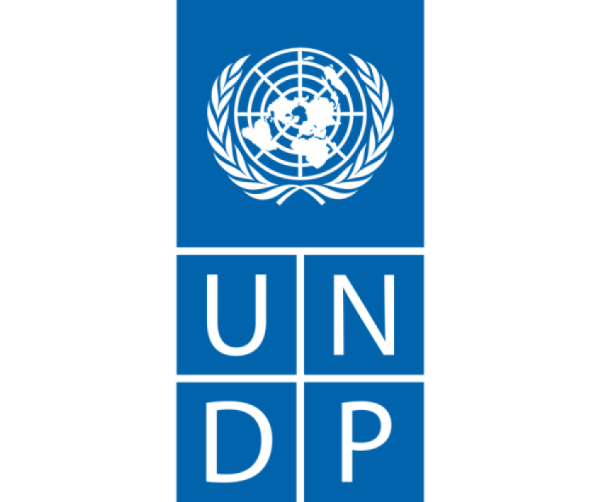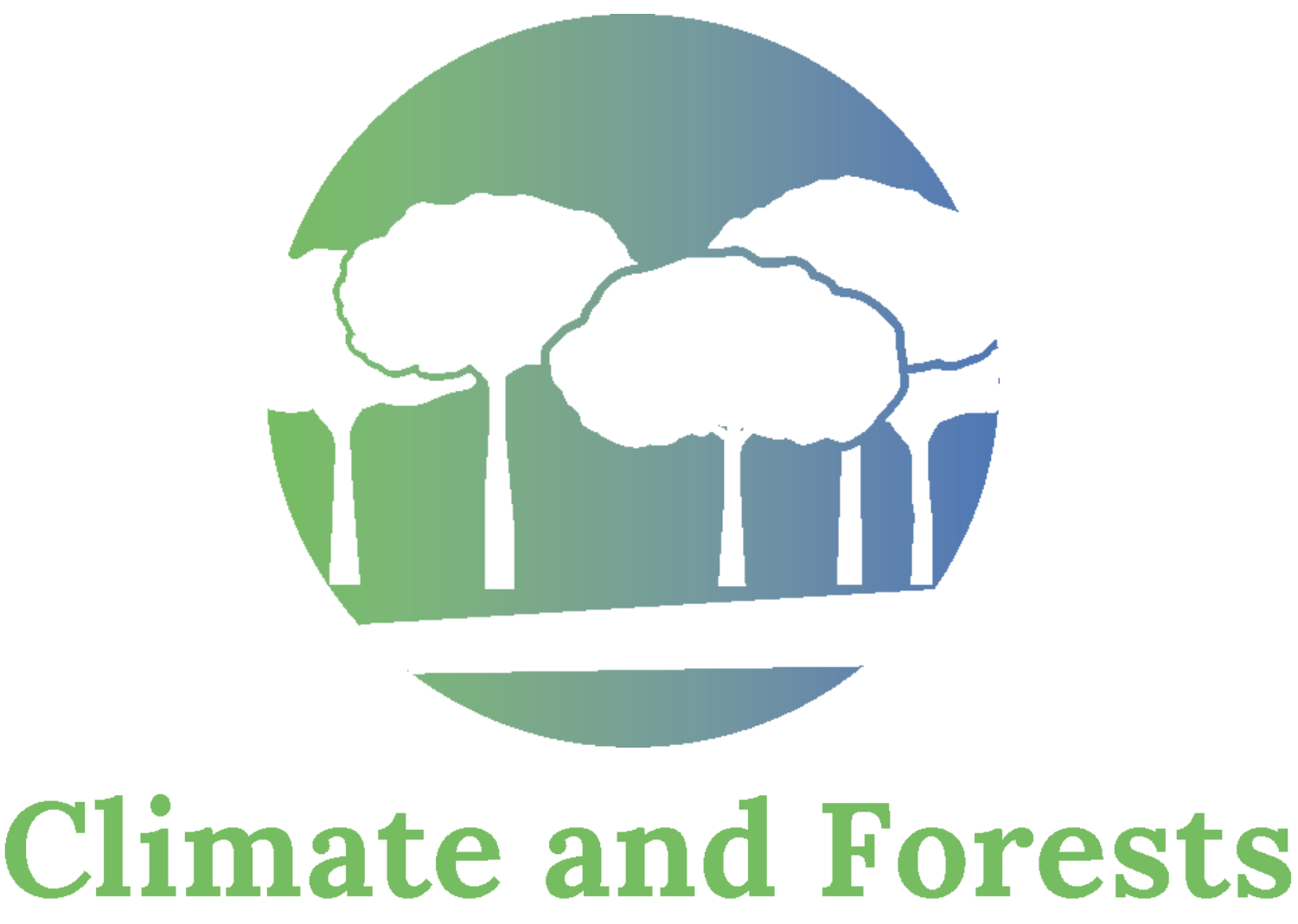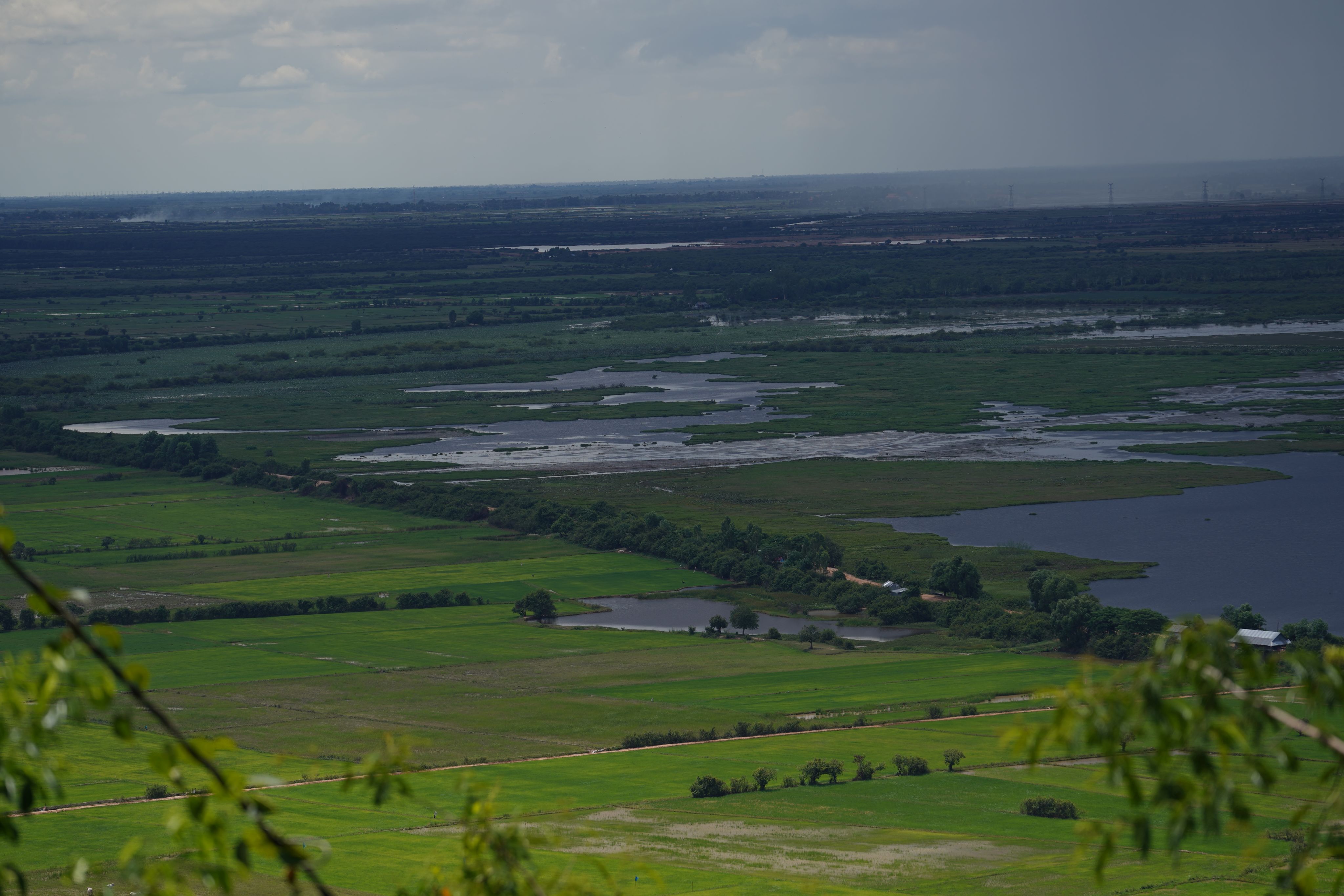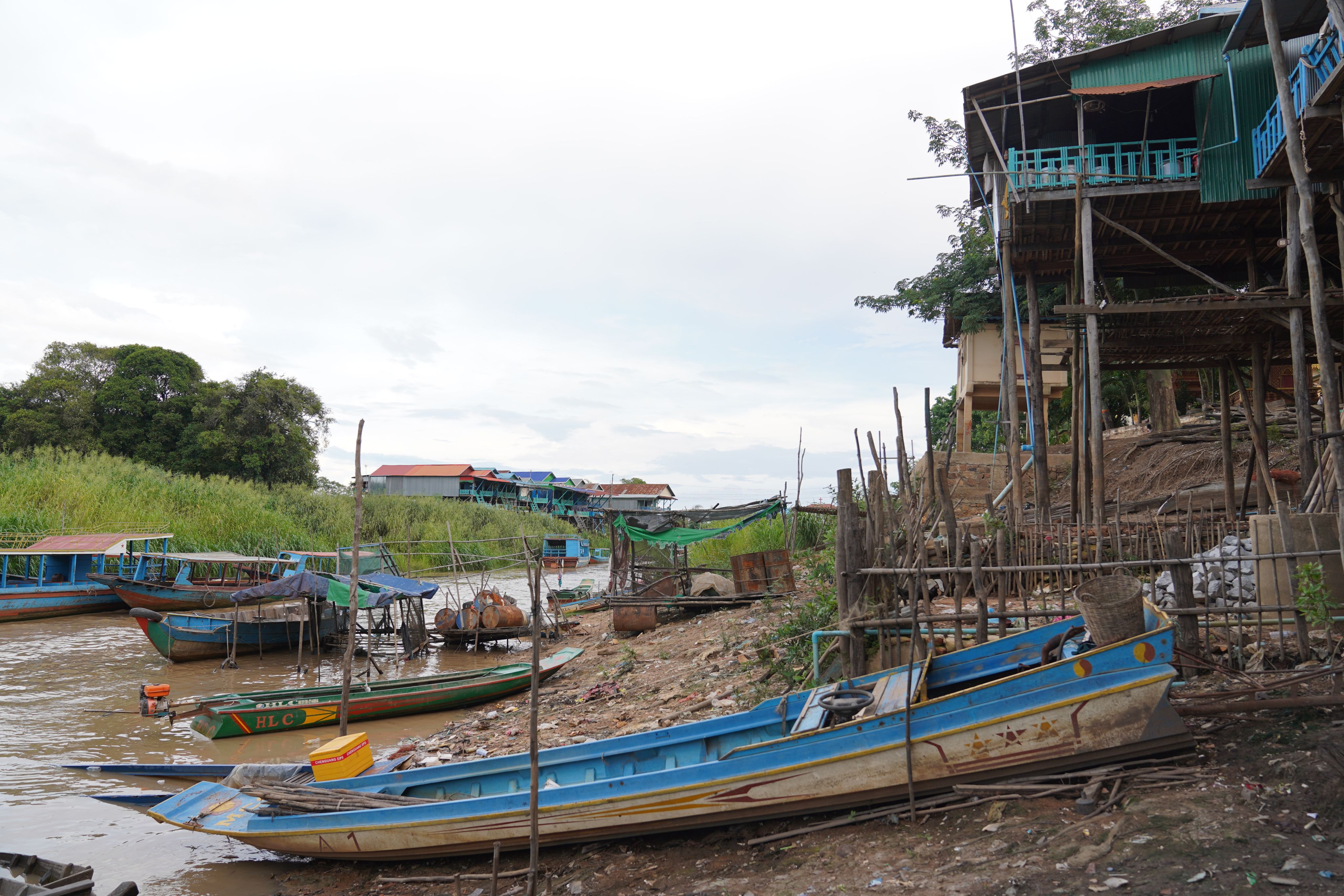
“My job is to patrol the community forest, this flooded forest is a protected area – also called zone 3 – where I participate in tree planting and coordinating activities related to forest conservation, community participation and outreach.”

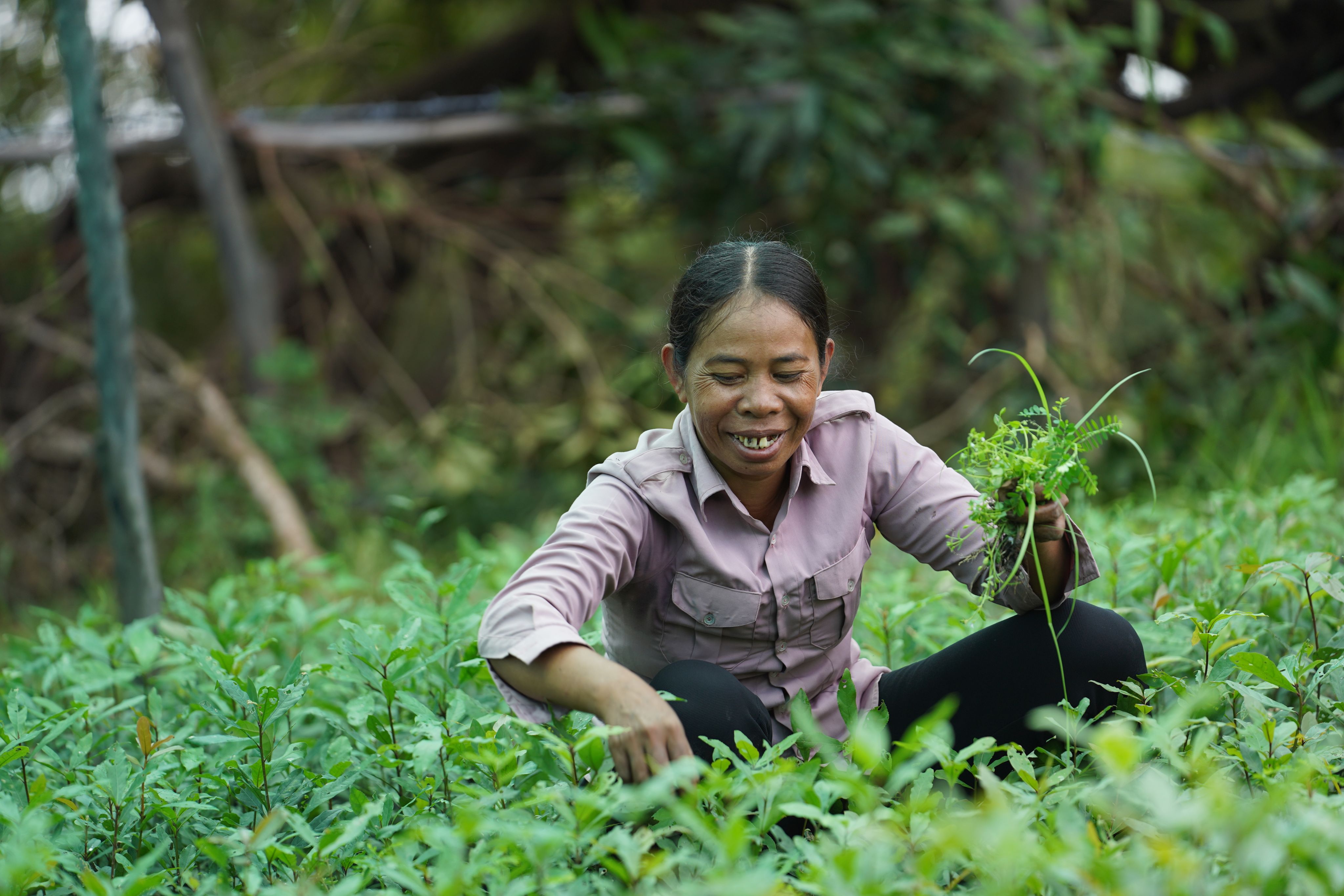
39-year-old Saley, who works both as a farmer and commune administrative assistant for Sasar SdamCommune, feels the flooded forest rehabilitation project has improved the villagers’ knowledge on forest conservation.
“After all, we need to rely on the forest, the plants, the fish, and other animals – they are all precious resources that we need to preserve for the next generation. This is the reason I participate in these activities.”
Saley’s road to forest conservation was paved with obstacles.
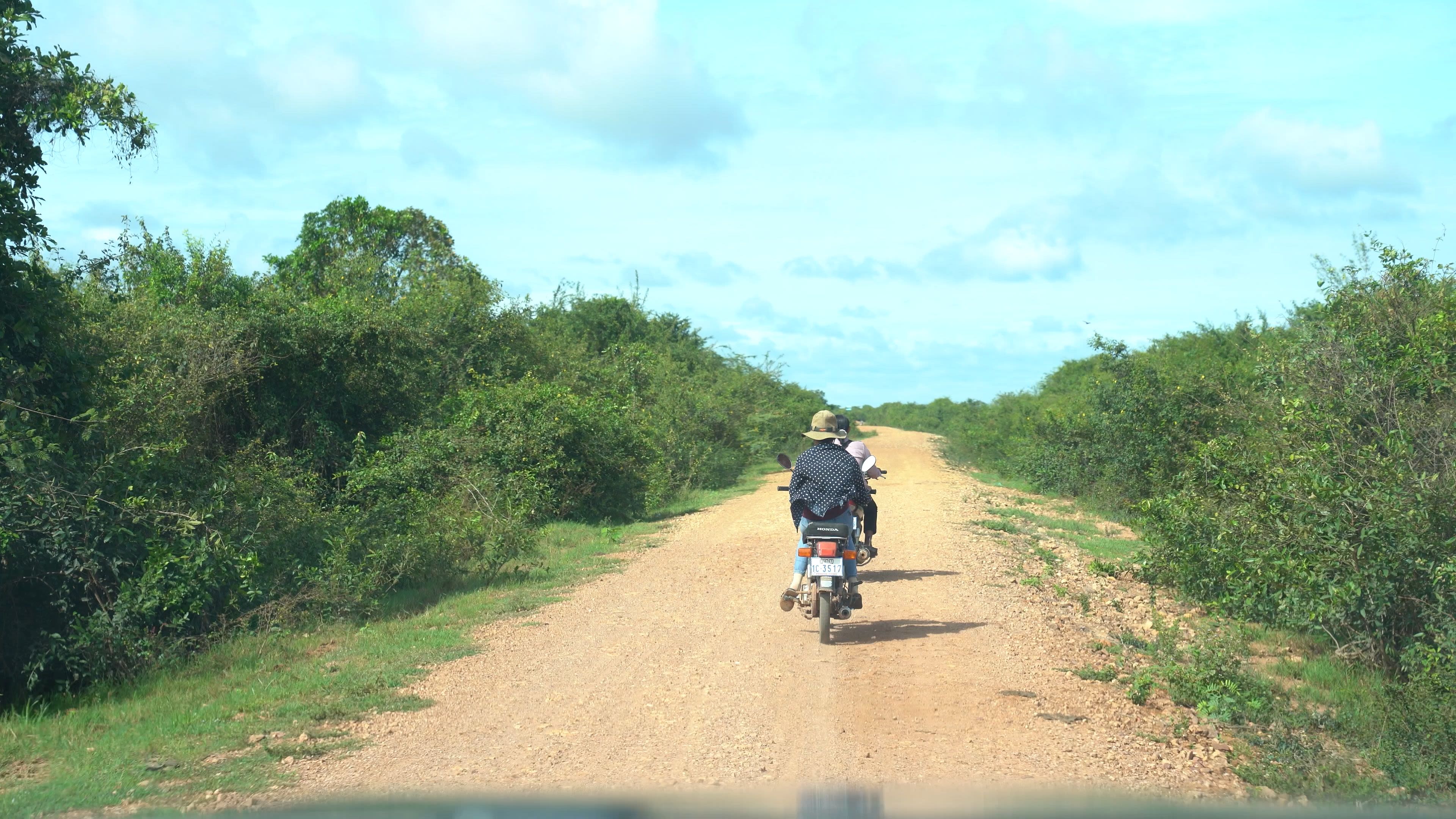
“When I was young, I studied up until grade 9. My brother, a doctor who lived in Angkor Chom District, was killed in a landmine accident. At the same time, my father had a lot of cows and buffalos, and he also lost his brother, so he had to take care of all the children, nieces, and nephews. Due to a lack of manpower, he had to ask me to drop out of school. When I had left school, I did not do anything besides caring for our cows and buffalos.”
Like her colleague Srey Moa, Saley had to make herself heard in a male-dominated sphere: “Before, people used to say that women should not be involved in forest conservation or patrolling. But I never paid attention to those words or feel down because my motivation to help society is stronger.”
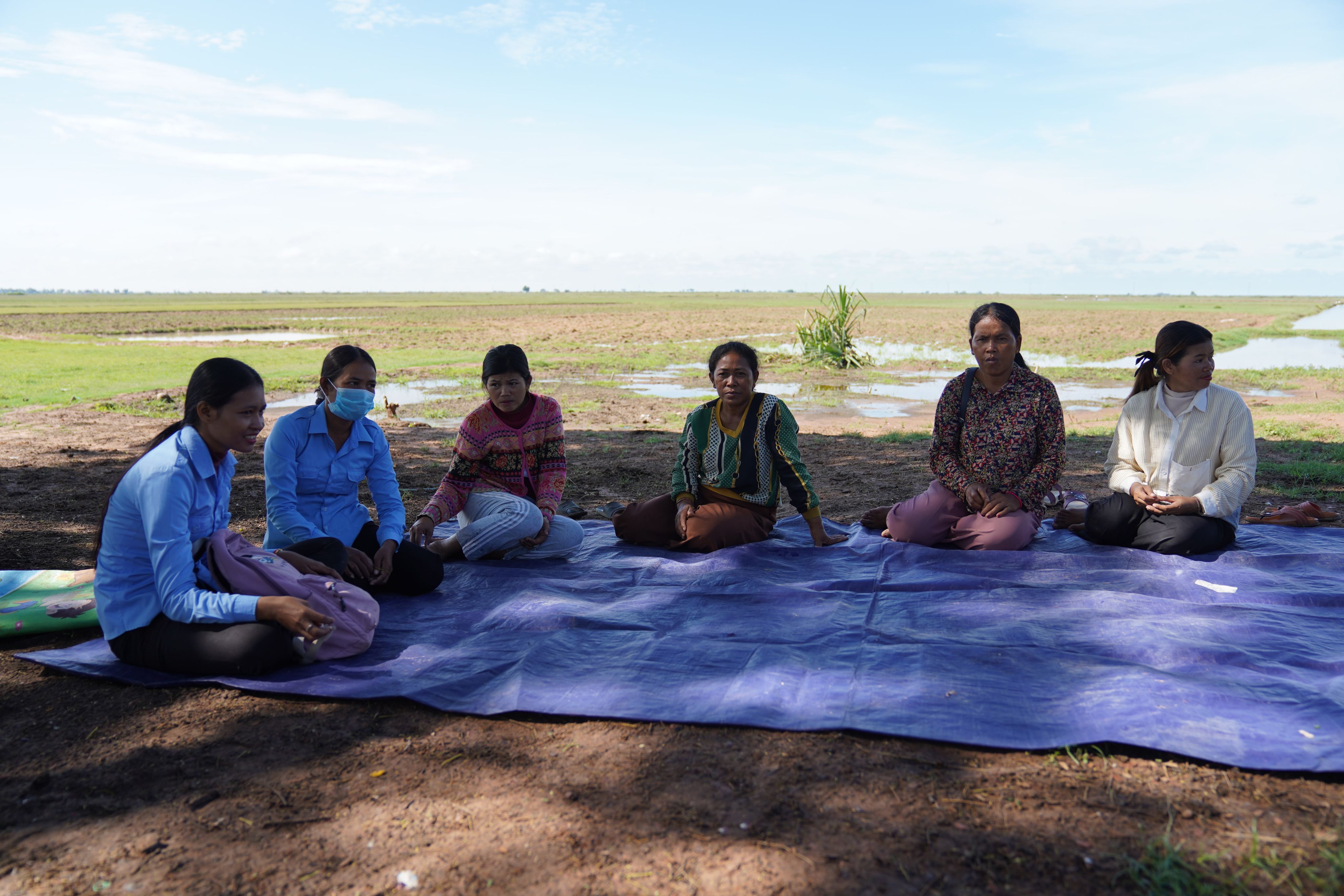


It is by chance that Saley was offered her current job: “In 2006, my father got sick, and half of his body was paralyzed. At that time my father was the deputy villager chief. Shortly after, the village chief also got sick. Due to this sudden lack of human resources, they asked me to help with the work in the village. I strive hard to be recognized in the community and get some financial support.”
Saley has memories of abundance, whenever she thinks of childhood experiences in the forest: “The forest was incredibly beautiful and there were so many animals, such as egrets, crows, wild chicken. Whenever I went fishing with my dad, there were so many fish that we could not even carry our whole catch!”

“Since the flooded forest rehabilitation project has started, there are lots of improvements. Before, people got into the forest to get the firewood, but now they won't do that anymore. As we do the outreach and training with them, they understand and want to protect the flooded forest conservation areas, so they stop all illegal activities. If we keep this momentum, I believe we can restore our forest.”


“My father told me wherever we go, there is a spirit in the woods-- and he prayed to those spirits for their blessings. In the protected forest, there is a spirit house called “Neak Ta” where people go and pray. Therefore, we should always be mindful of what we talk about and do whenever we are in the forest.”

Footnotes
Additional project information
- Learn more about the FCPF REDD+ Readiness Project, REDD+ in Cambodia, UN-REDD in Cambodia, Cambodia’s National REDD+ Strategy and UNDP’s work in Cambodia
- The UNDP Climate & Forests Team assists different countries and stakeholders in the implementation of the Paris Agreement by reducing deforestation, forest degradation and promoting sustainable development pathways.
- Since July 2019, UNDP has supported the Royal Government of Cambodia to protect and restore the flooded forest and its biodiversity within the lake area to improve fishing productivity, reduce carbon emissions and prevent erosion. With the main objective to promote an integrated and sustainable flooded forest rehabilitation and management in the Tonle Sap Great Lake, the project focuses on promoting more sustainable management practices, capacity building for local authorities and community engagement in the flooded forest conservation areas.
This story has been kindly supported by the Forest Carbon Partnership Facility (FCPF), UNDP Cambodia, UNDP Climate & Forests, and the Cambodian Fisheries Administration (FiA) of the Ministry of Agriculture, Forestry and Fisheries (MAFF).
Story credits:
Texts, Video Production & Visual story layout: Roxana Auhagen
Photos, Videos & Collaboration: Ratha Soy, UNDP Cambodia
Animated title visuals: Sila Alici Kavuk
Other photos as noted.
Disclaimer
The series explored the intricate relation between flooded forest landscape (the Tonle Sap basin) and local communities living within and/or surrounding the landscape. It does, however, not represent the general condition of the entire community and/or the Tonle Sap landscape as a whole.
Unless expressly stated otherwise, the views, findings, interpretation, and conclusion expressed in this multimedia series are those of the participant(s)/respondent(s) only and do not necessarily represent those of the United Nations Development Programme, including the Fisheries Administration, Forest Carbon Partnership Facility (FCPF) programme, Ministry of Environment, local communities, or the consultant engaged in preparing the case study.
The United Nations Development Programme does not warrant that the information contained in the story is complete and correct and shall not be liable whatsoever for any damages incurred as a result of its use.
